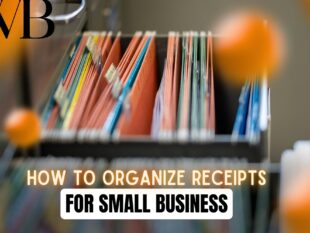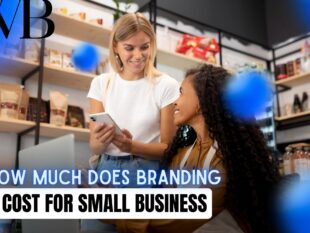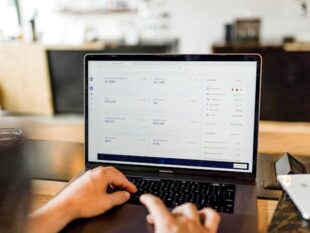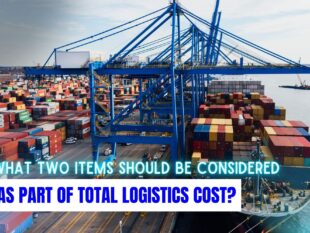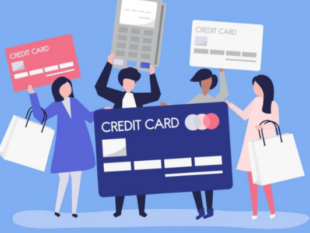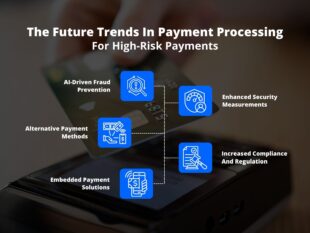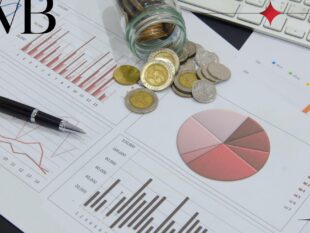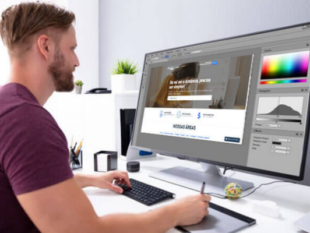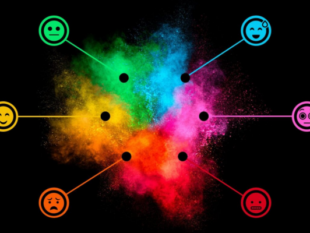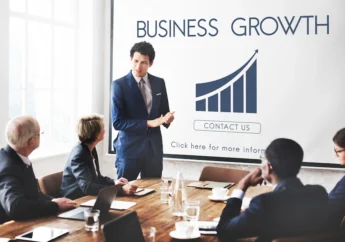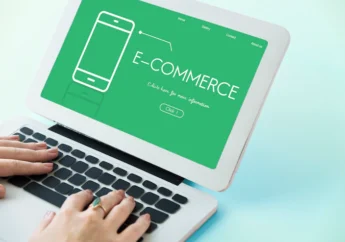How Can Companies Use Cognitive Biases to Their Advantage?
by Barsha Bhattacharya Business 28 May 2025
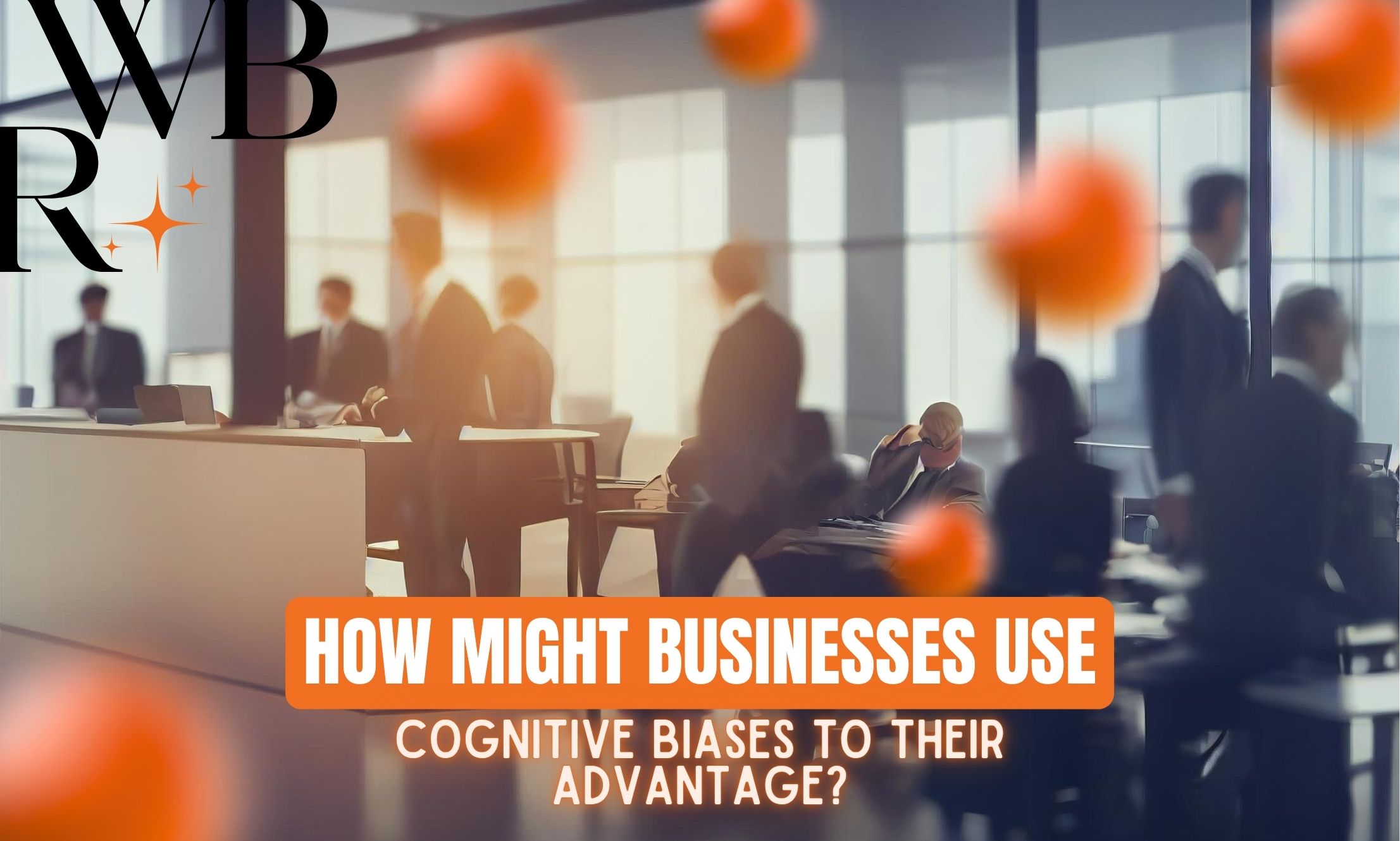
Let’s talk about something sneaky but also smart. Have you ever purchased something simply because it indicated “Only 2 left!” or assumed that a product is awesome simply because many people told you so?
That doesn’t happen by chance. That is cognitive bias, and ironically, companies adore it.
Today, we are talking about: “How can companies use cognitive biases to their advantage?”. No complicated words, just easy examples, interesting ideas, and some “aha!” moments.
First Things First: What is a Cognitive Bias?
Imagining cognitive bias as a shortcut in the way our brains function, our brains always have lots of options and information.
We employ little shortcuts—instinctive modes of thinking that will enable us to make a decision rapidly in order to continue things.
Trouble is, they’re not rational. They’re emotional, intuitive, and sometimes a little bit wrong. But hey, they get us through the mess.
In business, these modes of thinking can be extremely useful. If a company understands how people think, then it can utilize that information to make its products more attractive, its advertisements more engaging, and its sales more successful.
How Can Companies Use Cognitive Biases to Their Advantage?

Now that we understand what cognitive bias is and why it is important, let’s explore how businesses use these tricks of the mind to help themselves.
And don’t worry again, we’re being honest here. No buzzwords, just simple and easy-to-follow examples.
Take this section as a peek behind the veil of why we do what we do on a day-to-day basis. This encompasses how much something is, how a page appears, or how something is promoted—these techniques are everywhere.
Once you begin noticing them, you can’t help but continue to notice them.
Let us examine some of the most ubiquitous examples of cognitive biases that companies employ to catch our attention, win our trust, and compel us to make a decision (often to purchase something).
1. Scarcity Bias – The “Only a Few Left!” Trick
You’ve seen it everywhere. And yes—it works.
You are browsing for sneakers on the Internet. It indicates, “Only 1 pair left in your size.” Suddenly, it becomes a competition.
Even if you were only browsing out of curiosity, now you have to purchase it before another person buys it.
Why does it work? Our brains are conditioned to value things that look scarce or short in number. It’s the Fear Of Missing Out—or FOMO for short.
Businesses know this, and that’s why they place a timer, a low stock notification, or a “limited edition” tag on it to get you to move fast.
2. Social Proof – “If everyone else likes it, it must be good.”
Let’s say you’re selecting a restaurant. One is crowded; the other is empty. Where do you eat?
Precisely.
We believe what others seem to believe. That’s social proof. Businesses love to flaunt reviews, ratings, testimonials, “bestseller” labels, and even “people are viewing this at the moment” alerts—all in a bid to ride on that herd mentality.
It’s not false excitement (all right, it shouldn’t be)—it’s just a cue that alerts your brain, “Hey, this is probably a good idea.”
3. Anchoring – The First Impressions Matter (Even with Prices)
This one’s sneaky but super effective. You’re searching for a blender. You see one for $149, and you think to yourself, “Wow, that’s a lot of money.”
And you see one sitting beside it that’s virtually the same for $89. Well, $89 now isn’t so bad—even if you hadn’t intended to spend that.”.
That’s anchoring. Your “anchor” is the first number you look at, and you compare everything to that. Companies do this to make their prices look better
4. The Decoy Effect – Making One Choice Look Much Better
Okay, picture this:
- Small coffee: $2
- Medium: $4
- Large: $4.25
Medium is meh at best. Large? For a measly 25 cents extra? Heck, yeah!
The middle choice (the medium) is a trick. It’s not supposed to be chosen—it’s there to make the most expensive choice appear more of a bargain.
It’s an intelligent pricing technique, and businesses use it aplenty—whether it’s coffee shops or streaming plans.
5. Loss Aversion – We Hate Losing Much More Than We Enjoy Winning
Fascinating fact: individuals will do more to prevent losing $10 than to attempt gaining $10. That is loss aversion.
Companies present offers such as: “Don’t miss your discount!” or “Your cart is soon to expire!” rather than stating, “Here’s an offer.”
It makes you worry that you’ll lose something, and that little sense of panic? That’s what compels you to move.
6. Framing – Same Information, Different Feeling
Words matter. A LOT. Repeat these two sentences:
- “95% effective is this product.”
- “This product is defective 5% of the time.”
Same here, huh? But the first one is much better.
That’s framing. Companies apply it to make their product, service, or offering more appealing by merely altering how they describe the information.
7. The Endowment Effect – Once You Have It, You Don’t Want to Give It Up
Did you ever get something for free and then feel like you were attached to it somehow? That’s the endowment effect. When it’s yours, it’s worth more to you.
That’s why businesses let you test before you purchase. Whether it’s computer software, clothing, or monthly subscription boxes, it’s easier to keep them than to send them back.
8. Commitment Bias – You’ve started something, so you may as well complete it.
Here’s something interesting. Once we start something—even a small one—we sort of have the notion that we must finish it.
That’s why companies want you to do small things first. “Just enter your email” leads to “start a free trial,” which then leads to “upgrade your plan.”
Every step makes the following one easier because your brain prefers to make it the same as what you have already started.
9. Confirmation Bias – Inform Individuals of What They Already Know
If you already believe that green products are superior, well, then you’re much more likely to purchase something if a company tells you that it is “sustainable.”.
That’s confirmation bias. We seek information that confirms what we already believe. Companies do this so that they can better target their best customers by aligning themselves with their values and beliefs.
10. Authority Bias – Trust the Experts
You see something that is “Recommended by experts.” Even if you don’t know who the experts are, you think, “Well, okay then.”
That’s authority bias. We want to think that the guy who appears smart, seasoned, or in charge is correct.
Businesses use this by adding badges, certifications, expert quotes, or testimonials. It builds trust very quickly.
So. Is All of This Manipulation?

You may be thinking: Is applying cognitive bias in business somehow? Manipulative? It is a reasonable question.
The short answer? It depends on what you do with it.
Cognitive biases are the way our brains work. We all possess them. Companies that are aware of these inclinations are not necessarily being sneaky!
Many are simply attempting to communicate more effectively and make their services or products more convenient to select.
A business can display customer feedback or offer a trial for free. It is not tricking you—it is savvy marketing. It makes you choose quicker and feel more confident in your decision. You remain fully in control, and the choice is yours.
If a company uses deceptive scarcity or compels you to make a quick decision through deceptive tricks, that is manipulation.
And that is the distinction: using it ethically versus using it to take advantage of individuals. The best companies apply these principles to provide a better and more enjoyable experience that honors the customer’s intelligence.
It is not bamboozling people; it is understanding them mentally and emotionally. So no, it’s not manipulation. It’s using psychology on purpose.
When it’s done right, everybody wins: the business wins a happy customer, and the customer wins something they need or want badly.
Now that you understand how those biases operate, you’ll be more sensitive to the good, the bad, and the “meh” of everyday life.
Wrapping it Up!
So, how can companies employ mental shortcuts to assist them? If they understand how we think—our little shortcuts and habits—they can make better offers, smarter prices, and better messages.
It is not about dominating people. It is about working with people’s nature, not against it. And now that you’re in the know, you’re ahead of the game.
The next time a site flashes a “Limited Time Only!” banner, you’ll smile and think, “Ah, I see what you did there.”
Also read



























